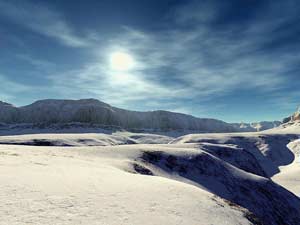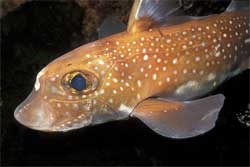 Last week, scientists from the Awi Institute (Alfred Wegener Institute for Polar and Marine Research) raised alarms as the air at the peaks of mountains in Ny-Ålesund was found to be the most polluted it has ever been (the indicator has reached a brown-orange color!!!).
Last week, scientists from the Awi Institute (Alfred Wegener Institute for Polar and Marine Research) raised alarms as the air at the peaks of mountains in Ny-Ålesund was found to be the most polluted it has ever been (the indicator has reached a brown-orange color!!!).
Typically, the air at mountain summits is very clean, but due to unusual weather conditions since early May, aerosol flows from Eastern Europe have swept in, carrying airborne particles. Experts have measured 50 micrograms of aerosol per cubic meter of air at the mountain peaks, a level of pollution comparable to that of a bustling city. The Norwegian Institute for Air Pollution Research also issued a warning as they recorded dense ozone levels close to the ground: 160 micrograms per cubic meter of air, which is the highest since 1989, when the air quality monitoring center was established.
While experts have previously recorded dense aerosol flows in the Arctic during spring in recent years, the phenomenon known as “hazy conditions” in the Arctic this year is particularly intense, reaching levels 2.5 times higher than those measured in spring 2000.
Aerosols are tiny particles in the air, which can exist in liquid or solid form and are essential for cloud formation. These particles can scatter and even absorb sunlight, significantly impacting climate, weather, and the environment.
Andreas Herber from the Awi Institute (in Bremerhaven, Germany) expressed concern, stating, “The consequence is that the weather will become even warmer. Whether this warming trend will continue in the long term is yet to be determined, as we need to continue measuring multiple times. Currently, we are studying the origin and chemical composition of aerosols.“



















































